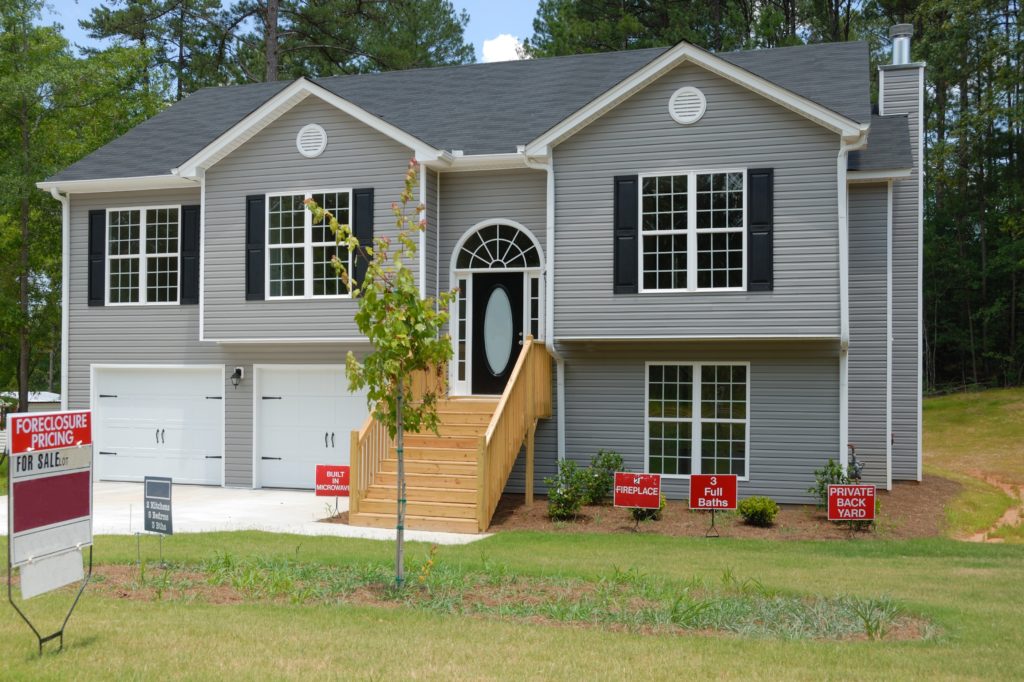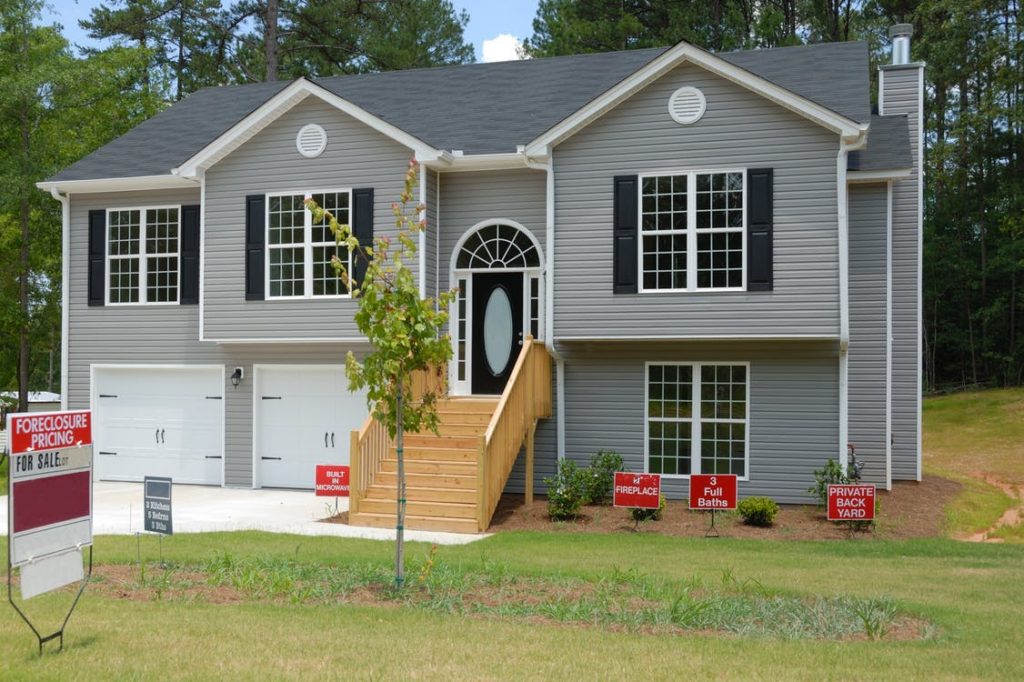5 Emerging Real Estate Trends to Get Ready for in 2020
Real estate seems to be one of those investment classes that is always viable to investors, simply due to the versatility of the asset and the numerous ways you can build a positive ROI. Whether you are selling or leasing, or if you’re buying during an economic shift for an affordable price with the intention to wait until the property prices rise again, there are numerous ways you can capitalize on your real estate investment. For example, in 2019 in the US alone, median home prices went all the way up to $316,000, making it one of the best years for real estate agents and experienced investors.
Now that 2020 is well under way, it’s time to prepare for the new emerging trends and adjust your strategy for the new year, whether you are a buyer or a seller. Let’s take a look at some of the top trends you need to get ready for and act on sooner rather than later.
Home prices continue to rise
The growth trend for home prices in the US that has been persevering through 2018 and 2019 seems to the waning, and experts even predict that, while it will continue to rise, the average home price in 2020 will grow by only 2.8%. This means that investors and homebuyers, in general, will be able to take their time selecting the best properties for their needs, without fear of losing out on a good deal and having to overinvest. If you are a seller, you can expect fewer homebuyers to come your way simply because the elevated prices are squeezing them out of the market, however, that also means that affluent buyers will stay in the game.
On the other side, if you are a buyer, you will have to tend to some meticulous financial planning, forecasting, and property research. It’s important that you figure out the monthly mortgage payment according to your budget, and then make sure you stay within that amount. Search for properties that are low on the price list that you can fix up over time and as you build up your financial capabilities.

Accommodating seniors and Gen Z-ers
While the majority of homebuyers are still millennials, it’s important to note that other demographics are jumping into the fray and that real estate professionals need to optimize their offers and portfolios for other types of customers. Namely, 2020 will see a rise in senior buyers as well as Gen Z buyers. With millions of people entering their silver years and millions of young people entering their home-buying years, it’s important to adapt and stage every home according to the unique needs of these generations.
This is the only way to appeal to the modern buyer irrespective of age, as both generations will have very different lifestyle preferences and requirements. When you’re showing a home, you have to appeal to their current and future needs, which means thinking strategically about what seniors need vs what young people might be looking for. Remember to emphasize indoor safety for the senior buyers, and high-tech features for the tech-savvy Gen Z-ers.
The rise of display homes
Now that buyers are taking a more careful and calculated approach to property acquisition, it’s important to note that their decision-making process is evolving as a result. Whether they are looking to buy into a property development project that in its early stages, or if they are looking into plots of land to build their own homes, people are becoming very particular about the architects and builders they work with. In countries where property prices are sky-high, such as Australia, this has already become a major trend.
This is also why the popularity of luxury display homes in Sydney has skyrocketed in recent years, and why it will continue to rise in 2020, as Australian buyers want and need to examine the builder’s capabilities in real life rather than looking at online portfolios, pictures, and case studies. Display homes will become more popular in all high-priced regions of the world, so be sure to prepare for this trend whether you are an investor, an architect, or a buyer.
The neighborhood is not a deciding factor
Surprisingly, the neighborhood where the property resides doesn’t seem to be a deciding factor anymore. Yes, buyers will still research the neighborhood thoroughly, but they will be more inclined to give less-than-ideal neighborhoods a pass if the property is more affordable, or if there are other valuable features that the home can provide. For sellers, this is an opportunity to sell a home in a less popular neighborhood, and for buyers who are working with a limited budget, this is an opportunity to find a new home without breaking the bank.

Technology will fuel market research
Finally, all investors and real estate experts need to invest in technology in order to capitalize on industry trends and market insights this year, and in the years to come. With more and more valuable data flowing around the digital realm, it becomes impossible to conduct predictive analytics manually anymore, which is why you need to integrate AI-driven data analysis into your operation to organize all of that data into actionable reports and create accurate forecasts that will drive your business strategy forward.
Wrapping up
In 2020, many trends that have been persisting in the past will stay relevant, but some will bring significant change to the industry that all parties should be aware of. With these insights in mind, go ahead and optimize your processes for the new year and pave the road to success.





